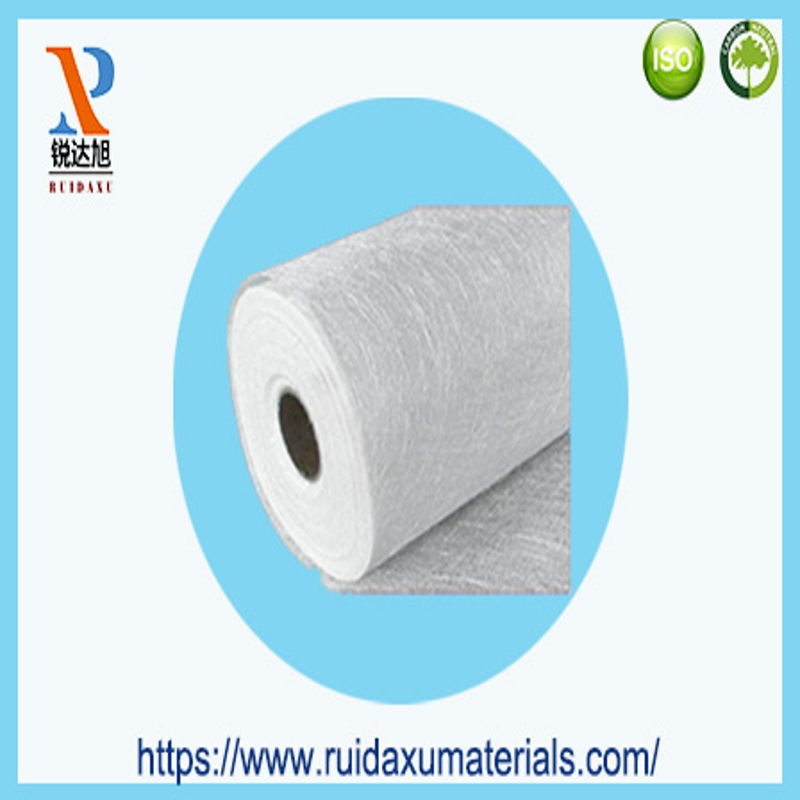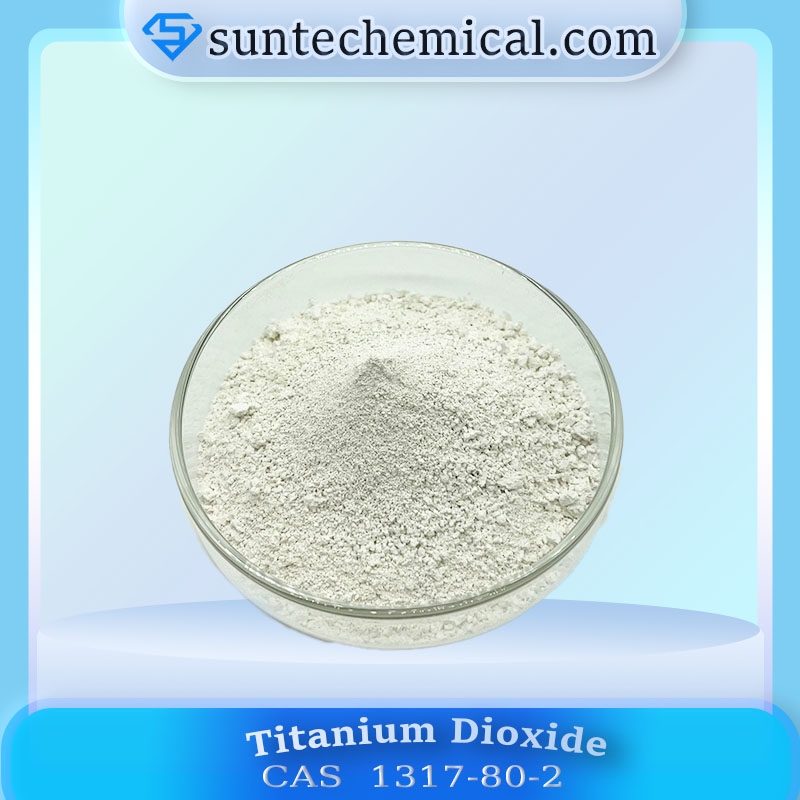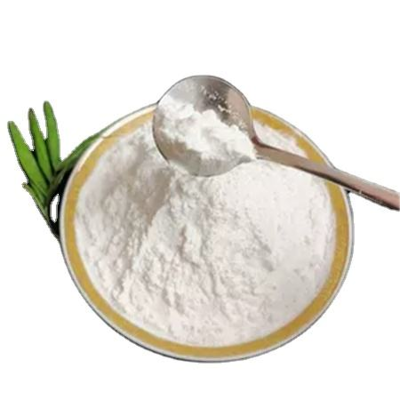-
Categories
-
Pharmaceutical Intermediates
-
Active Pharmaceutical Ingredients
-
Food Additives
- Industrial Coatings
- Agrochemicals
- Dyes and Pigments
- Surfactant
- Flavors and Fragrances
- Chemical Reagents
- Catalyst and Auxiliary
- Natural Products
- Inorganic Chemistry
-
Organic Chemistry
-
Biochemical Engineering
- Analytical Chemistry
-
Cosmetic Ingredient
- Water Treatment Chemical
-
Pharmaceutical Intermediates
Promotion
ECHEMI Mall
Wholesale
Weekly Price
Exhibition
News
-
Trade Service
If the paint is not well dispersed, it will cause defects in the effect after construction.
The role of dispersant in coatings
1.
Experiments have shown that with the same formula and different dispersants, the gloss of the paint film will be different.
2.
The principle of the dispersant to prevent settling is the same as the above.
3.
There are many reasons for the flocculation of pigment and filler particles.
4.
Preventing floating color and blooming is one of the functions of dispersing agents.
5.
Choosing an unsuitable dispersant will cause the color paste to re-coarse or change color due to flocculation.
6.
Leveling is the ability of paint to spread on a specific surface.
7.
The tinting strength is related to the dispersion and stability of the pigment, and the tinting strength will be significantly enhanced if the dispersion and stability are good.
8.
The amount of light reflected and passed on the surface determines the hiding power of the paint, and the type and degree of dispersion of the pigment have an impact on this.
For white paint, the addition of polymer dispersant can reduce the agglomeration of pigments and fillers such as titanium dioxide, reduce the particle size to increase the surface area, and further improve the hiding power.
9.
Improve grinding efficiency
The wetting function of the cost-reducing wetting and dispersing agent enables the air and water on the surface of the pigment to be replaced by the liquid of the grinding medium more quickly, and at the same time allows the separation of the pigment primary particles obtained in the dispersion stage to be maintained and controlled.
10.
Reduce viscosity
In water-based paint formulations, when the content of pigments and fillers increases, the collision of particles during beating will increase accordingly, reducing the kinetic energy of dispersion, increasing the viscosity of the slurry and increasing energy consumption.
By adding a suitable dispersant, the viscosity of the obtained color paste will be significantly reduced, which can increase the loading of pigments and improve production efficiency.
11.
Increase color saturation
This effect of dispersant is most overlooked.
There are examples showing that when different dispersants are used to disperse the same pigment, the hue and saturation will be significantly different.
Generally speaking, the better the dispersion, the higher the saturation.







